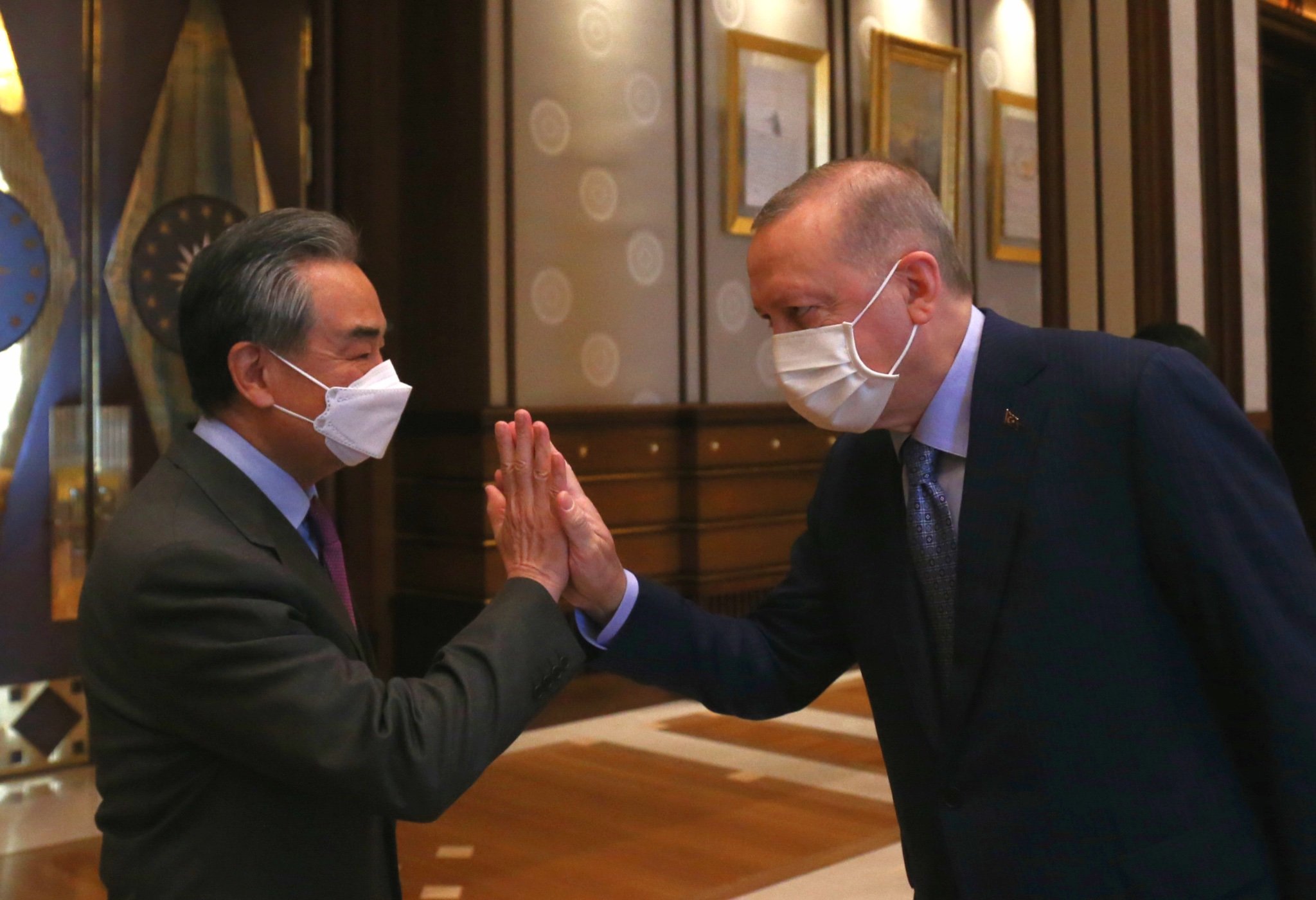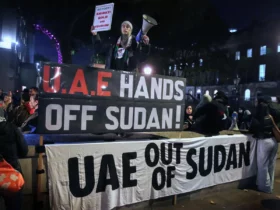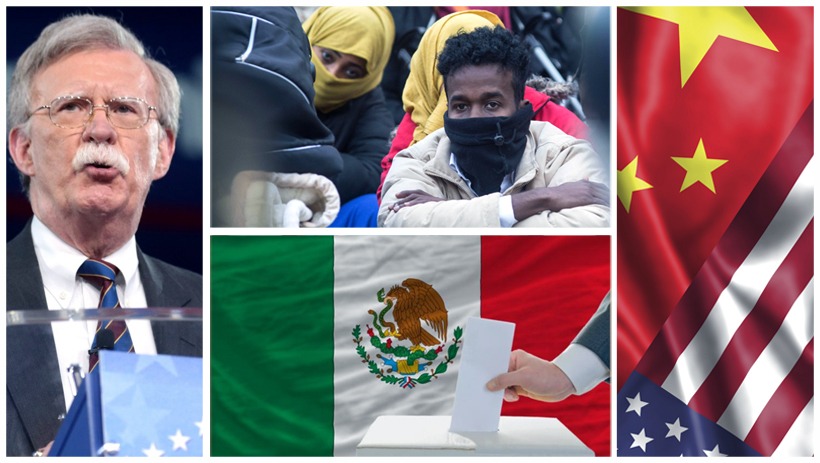The Strategic Case for Engaging Kazakhstan
The Strategic Case for Engaging Kazakhstan
By Meymet Enes Beşer
In the wake of the changing framework of international geopolitics and economic restructuring, the physical space between Central Asia and Southeast Asia—hitherto geographically circumscribed—is narrowing extremely quickly. As Central Asia’s economic and transport center, Kazakhstan is a strategically crucial gateway into the heartland of Eurasia. To ASEAN, to which decades of diplomacy have been focused east or against traditional trading pipelines, more aggressive outreach to Kazakhstan holds out new diversification, toughness, and regional alignment. But the path to fruitful partnership is not smooth, or without bugs.
The strategic imperatives are clear. Firstly, Kazakhstan provides ASEAN with a platform in a resource-abundant and rapidly emerging place geopolitically and economically pivotal to China’s Belt and Road Initiative (BRI) at the center of emerging transcontinental trade routes. In rebalanced Western value chains and increasing trade between China and Europe by land, Kazakhstan emerged as a logistics, energy, and transport infrastructure hub. ASEAN, already stretching to develop cross-border infrastructure and enhance its own supply chain links, can gain by taking this connectivity west to Kazakhstan to the “Middle Corridor,” linking Southeast Asia and Europe.
Second, Kazakhstan’s political alignment is favorable to ASEAN’s own inclination to multi-vector diplomacy and neutrality in the region. Just like ASEAN, Kazakhstan also wisely juggled engagement with the stronger partners—Russia, China, America, and the EU—without letting it hamper its regional agendas in terms of institutions like the Turkic Council and the Eurasian Economic Union (EAEU). Shared interest in sovereignty, economic cooperation, and non-alignment are aspects of convergence where to place trust and delineate cooperation on mutually acceptable terms between the two sides.
Besides, the strategic emphasis in Kazakhstan on green energy as a hub and digital innovation is concurrent with some of the ASEAN members’ indigenous agenda for development. Both of them are setting targets for renewable energy, fintech ecosystems, smart cities, and education transformation. Joint ventures, technology transfer, and cooperation in academia could be new columns of cooperation. The modern interest in food security—driven by the Ukraine war and climate disruptions—also presents a cooperative potential, since Kazakhstan’s farm exports can insulate ASEAN from global grain uncertainty.
But translating strategic reasoning into actual engagement is challenging. One of the biggest challenges is logistical. Direct air and land linkages between Kazakhstan and most ASEAN nations are still limited, causing trade and travel to be more expensive and inconvenient. Unlike the deep integration by ASEAN within East Asia or South Asia, its link with Central Asia is still embryonic. In the absence of effective transit facilities and coordination across regulatory boundaries, any reference to strategic partnership easily descends into hollow rhetoric.
There is also mutuality of unfamiliarity. Although Kazakhstan is well known on the international stage in diplomatic quarters, it is still mostly out of sight for ASEAN businesses, universities, and NGOs. Similarly, ASEAN’s institutional sophistication and intraregional diversity are usually misunderstood or underestimated in Central Asia. Public diplomacy, business-to-business networking, and exchange studies are underdeveloped, excluding the intensity of involvement. People-to-people relations, which form part of ASEAN’s external diplomacy, are very loose.
Institutional interaction, while increasing, remains sporadic. Kazakhstan has signed cooperation instruments with the ASEAN Secretariat and has had some sporadic dialogue with member states, but no comprehensive, long-term strategy has been put forward. ASEAN’s current dialogue partnerships remain geographically centered in East and South Asia, and there is not much incentive for extending full sectoral partnership to Central Asian nations. This torpor is also the product of ASEAN’s sluggish consensus-based diplomacy and the fact that Central Asia has never been a geopolitical priority before.
In order to move beyond these limitations, ASEAN must embark on a multi-track approach. State-wise, ASEAN and Kazakhstan must have an official “ASEAN–Central Asia Platform” through which to coordinate action on trade, education, digital governance, and energy transition. This could begin with Kazakhstan as the anchor, and then later expand in due course to other countries in Central Asia. Instituting an ASEAN–Kazakhstan strategic dialogue every year—perhaps linked to the ASEAN Foreign Ministers’ Meeting or the ASEAN Economic Ministers’ Meeting—would also have the advantages of continuity and visibility.
Simultaneously, ASEAN should also urge its private sector boards of councils, chambers of commerce, and development banks to explore Kazakhstan’s special economic zones, transport corridors, and agri-industrial schemes. Green energy, particularly solar and hydrogen, and infrastructure finance are areas that offer a high level of potential for joint ventures. Universities can also spearhead exchange programs on Central Asian studies and ASEAN integration that cultivate cultural fluency and strategic empathy on both sides.
First and foremost, such engagement must be framed not in terms of divestment from ASEAN’s existing partners but as within the framework of a diversification policy that reflects ASEAN’s open regionalism value. Within an increasingly fragmented and globalized economic order, such engagement opens ASEAN the window to get a headstart on its strategic priority—penetrating new markets, reducing undue dependence on existing channels, and demonstrating leadership in formulating interregional diplomacy.
Conclusion
Kazakhstan is no longer a global periphery, and ASEAN cannot persist in viewing Central Asia as a peripheral or faraway region. The strategic interests of engagement—connectivity, diversification, energy cooperation, and geopolitical balance—are forceful and increasing. Yet these opportunities will be fleeting unless ASEAN surpasses symbolic gestures and embracing a more active, multidimensional partnership.
It must be sequential, not episodic. It must be based not on summits but on concrete projects, institutional memory, and public consciousness. Above all, it must be sensitive to the shifting interests of both parties: Kazakhstan’s search for new economic partners and ASEAN’s search for sustainable, diversified growth in an uncertain world.
This is not an ideological or intentional, but an infrastructural test that ASEAN confronts here in this test against Kazakhstan. And if ASEAN succeeds in crossing these divides to Kazakhstan, then it will be not only welcomed into the prospect of Central Asia, but its own agency in a fast-paced new world order will be driven into place as well. Today is the time.

















Leave a Reply